Many people have a romanticized or incorrect view of wildlife, often influenced by myths and misinformation. These misconceptions can lead to misunderstandings about animal behavior, conservation efforts, and the natural world. This article aims to debunk common myths about wildlife, offering a clearer understanding of the fascinating creatures that share our planet. By separating fact from fiction, we can better appreciate and protect the incredible biodiversity around us.
Bats Are Blind
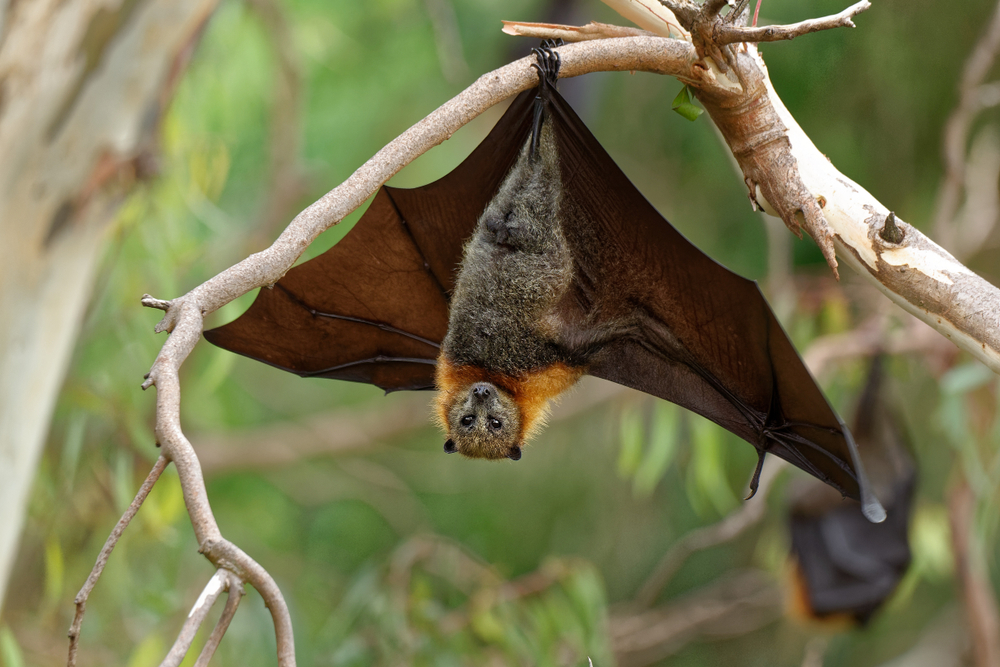
Contrary to popular belief, bats are not blind. Most species have excellent night vision, complementing their echolocation abilities, which help them navigate and hunt in the dark. Some bats even see better than humans in low-light conditions. This myth likely stems from their nocturnal lifestyle and reliance on echolocation, leading people to assume they must be blind.
Owls Are Wise
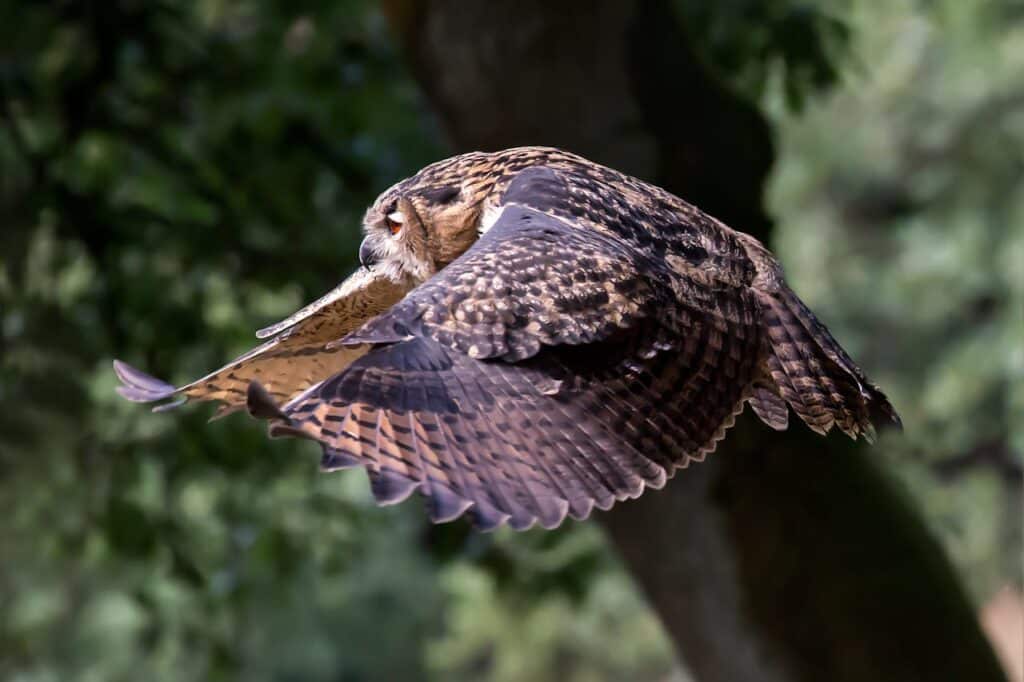
The image of the wise owl is more folklore than fact. While owls are excellent hunters with acute hearing and vision, their brains are relatively small compared to other birds. Their hunting prowess and nocturnal nature contribute to their enigmatic reputation, but they are not necessarily more intelligent than other bird species.
Porcupines Can Shoot Their Quills
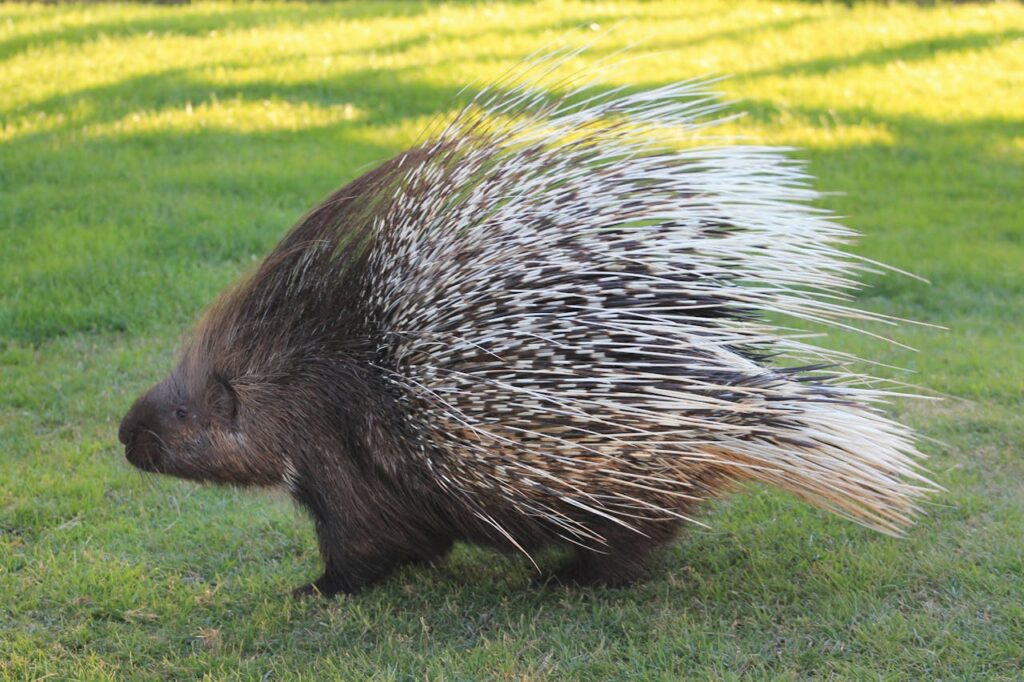
Porcupines cannot shoot their quills. These quills are simply modified hairs coated with thick plates of keratin. When threatened, porcupines raise their quills as a defensive mechanism, and the quills can easily detach when a predator makes contact. The misconception probably arises from the quills’ ability to become easily embedded in attackers.
Goldfish Have a Three-Second Memory
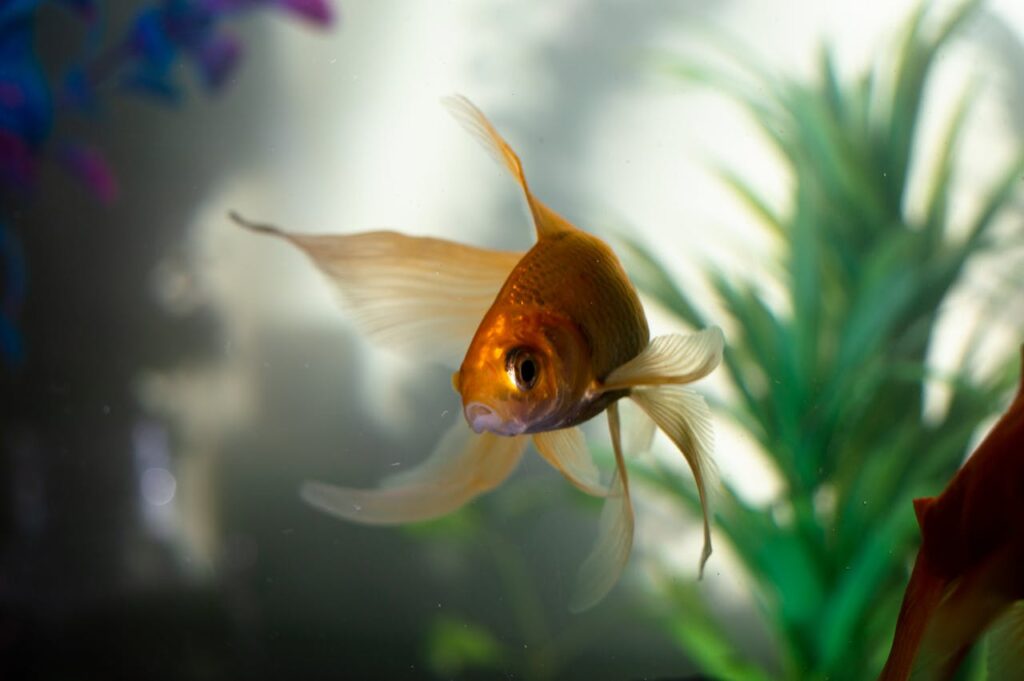
Goldfish actually have a memory span of several months. Studies have shown that they can learn and remember various tasks, recognize their owners, and even associate sounds with feeding times. This myth likely started as a simplification of their behavior, but it’s far from accurate.
Lemmings Commit Mass Suicide
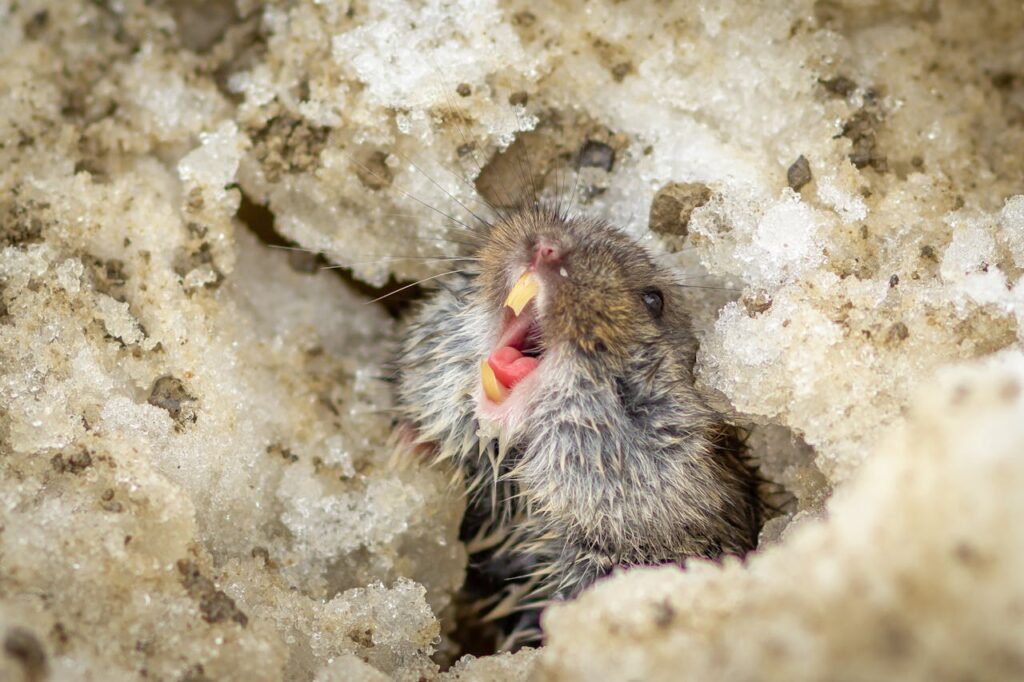
The idea that lemmings commit mass suicide by jumping off cliffs is a myth perpetuated by staged documentary footage and popular culture. Lemmings do migrate in large groups, and during these migrations, they may accidentally fall off cliffs or drown in bodies of water, but these are not intentional acts of self-destruction.
Bulls Hate the Color Red
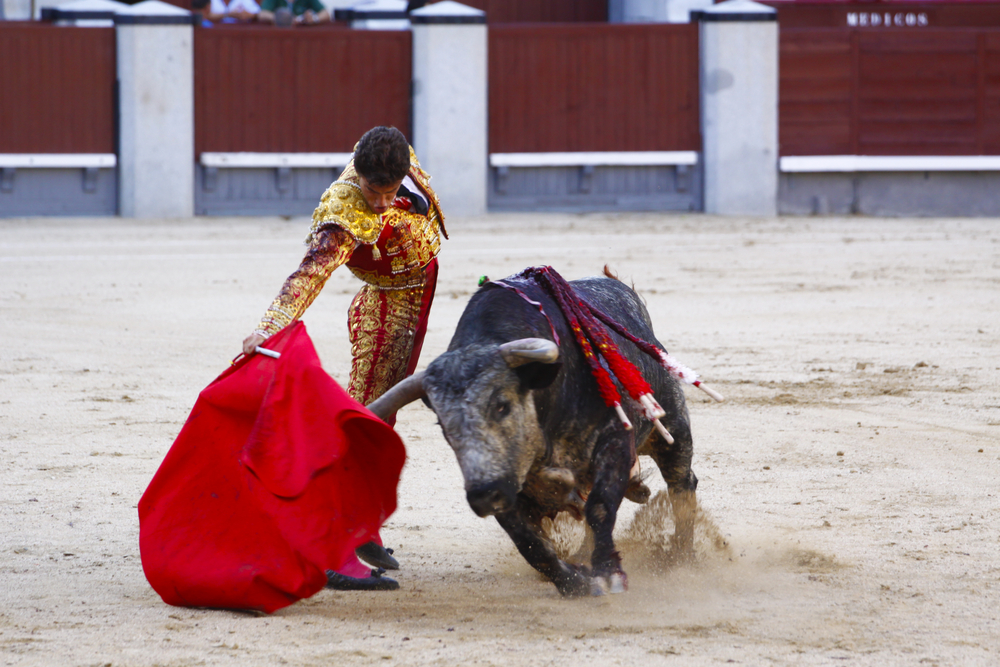
Bulls are actually colorblind to red. The movement of the matador’s cape irritates bulls, not the color itself. Bulls react to the cape’s motion during bullfighting because it mimics the movements of a potential threat. The myth likely persists due to the traditional use of a red cape in bullfighting.
Sharks Can Smell a Drop of Blood from Miles Away
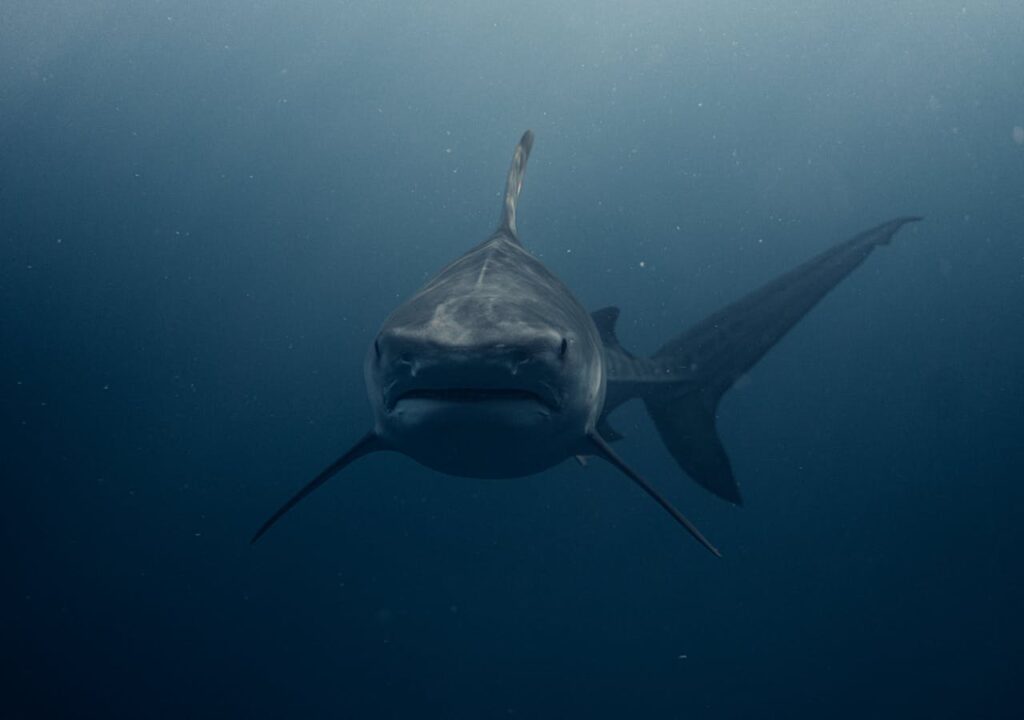
Sharks have an acute sense of smell and can detect blood in the water, but the idea that they can smell a single drop from miles away is an exaggeration. They are highly attuned to the scent of blood and bodily fluids in their immediate vicinity, which helps them locate prey, but their sense of smell has limits.
Ostriches Bury Their Heads in the Sand
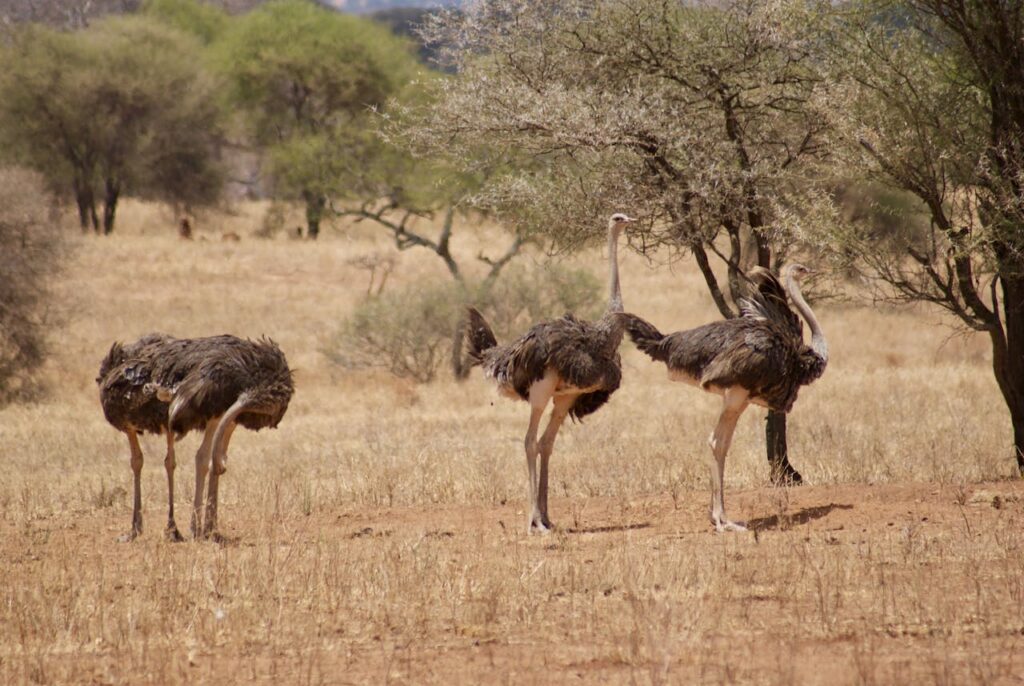
Ostriches do not bury their heads in the sand to avoid danger. When threatened, they may lie low and press their necks to the ground to blend in with their surroundings, creating the illusion from a distance that their heads are buried. This behavior helps them stay hidden from predators.
Mother Birds Will Abandon Babies Touched by Humans
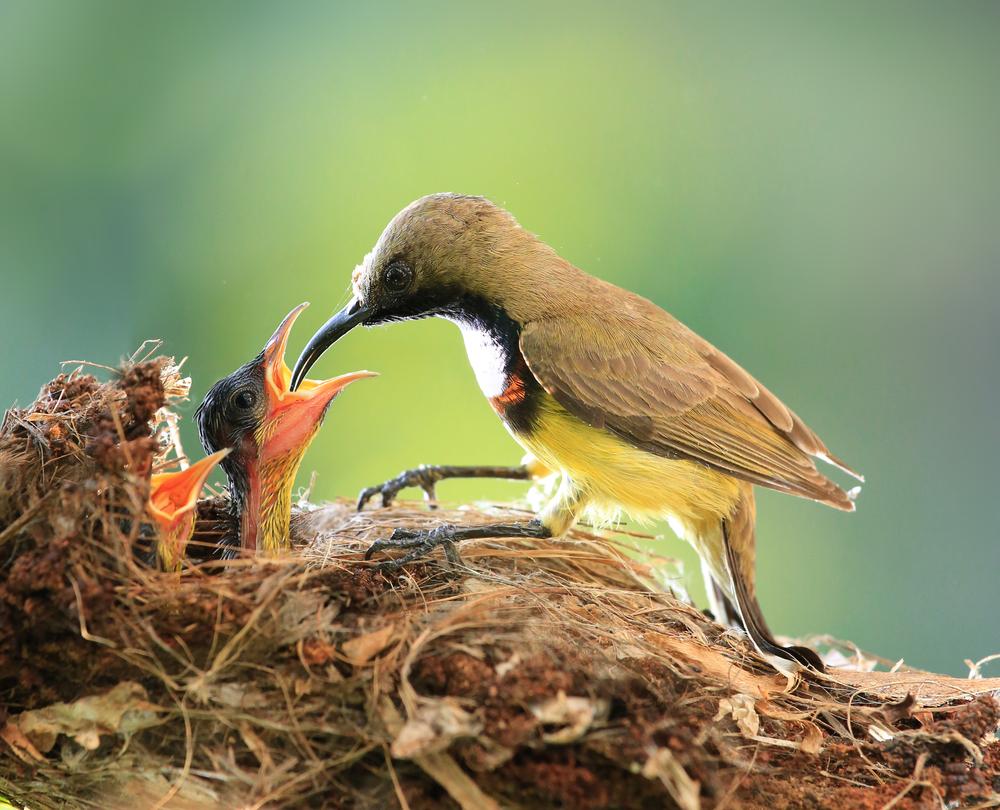
Most birds have a very poor sense of smell, and they do not abandon their young if touched by humans. Birds are more likely to abandon nests due to constant disturbance or perceived threats. If you find a baby bird, it is often best to leave it alone, as the parents are usually nearby and will continue to care for it.
Dogs Sweat by Panting

While dogs do use panting to cool down, they also sweat through their paw pads. Panting helps regulate their body temperature by evaporating moisture from their tongues and the lining of their lungs, but sweating through their paws also plays a role in thermoregulation.
Camels Store Water in Their Humps
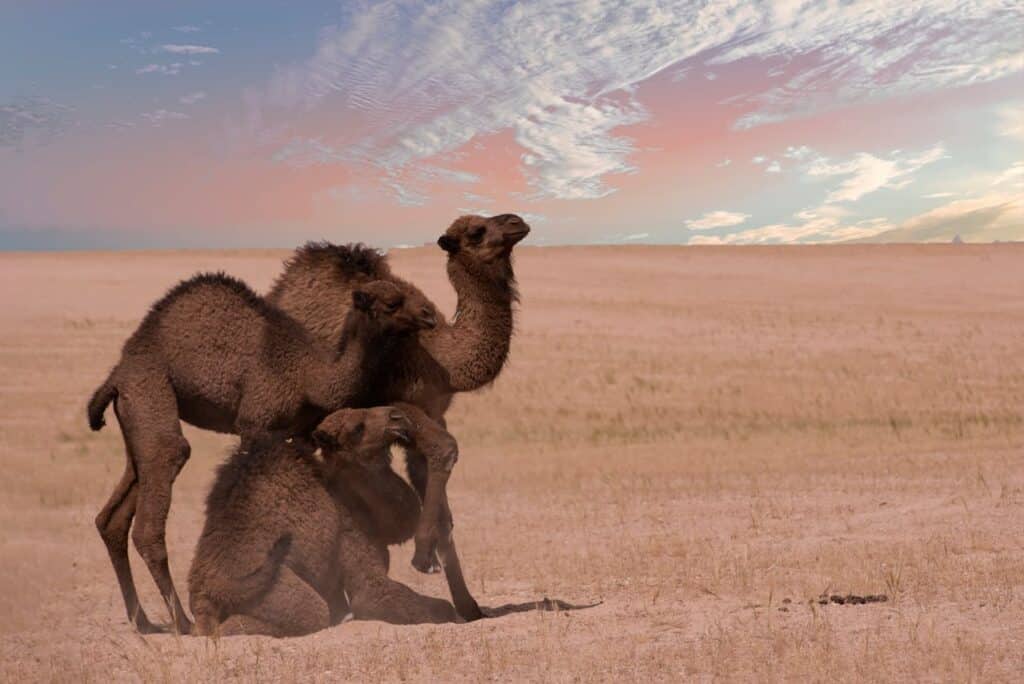
Camels’ humps actually store fat, not water. This fat can be metabolized into water and energy when resources are scarce, helping camels survive long periods without food or water. Their ability to go without water for extended periods comes from their efficient water conservation and unique physiological adaptations.
Crocodiles Shed Tears When They Eat
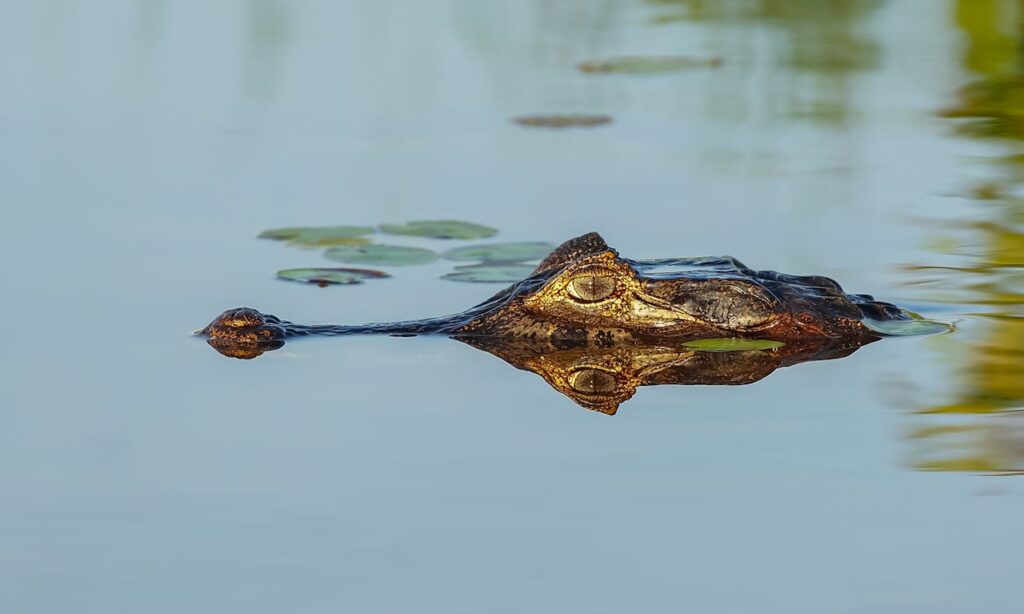
The phrase “crocodile tears” refers to insincere emotion, but crocodiles do shed tears while eating, not out of sadness but due to physiological reasons. When they swallow, air is forced through the sinuses and stimulates tear glands, resulting in tears. This biological function has been misunderstood as a sign of emotion.
Daddy Longlegs Are Highly Venomous
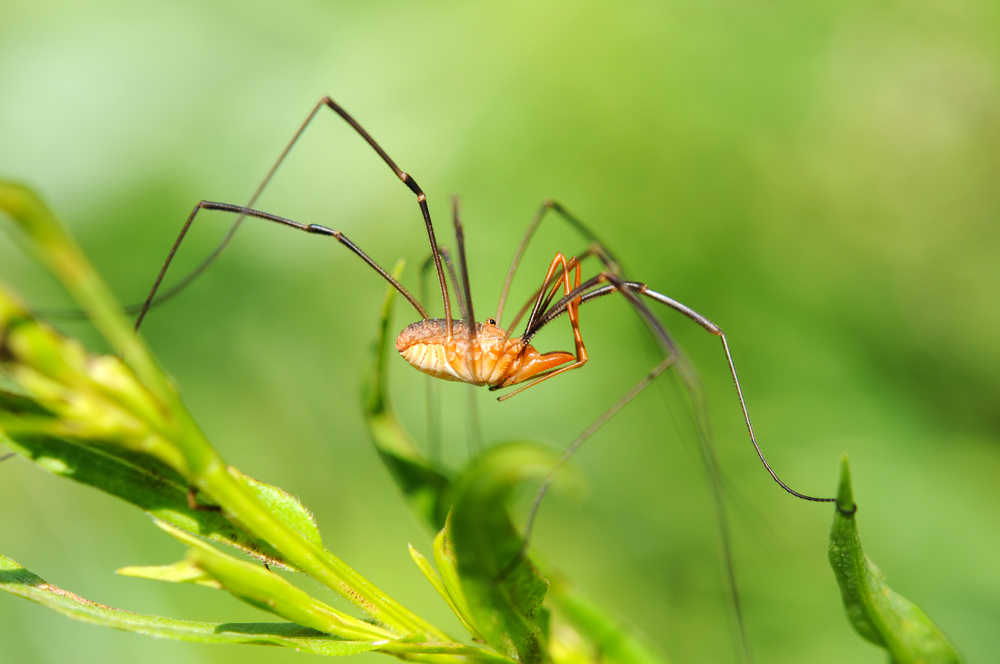
Daddy longlegs, or harvestmen, are not venomous. This misconception likely arises from confusion with cellar spiders, which are mildly venomous but harmless to humans. Daddy longlegs lack venom glands and fangs capable of delivering venom, making them completely harmless.
All Spiders Spin Webs
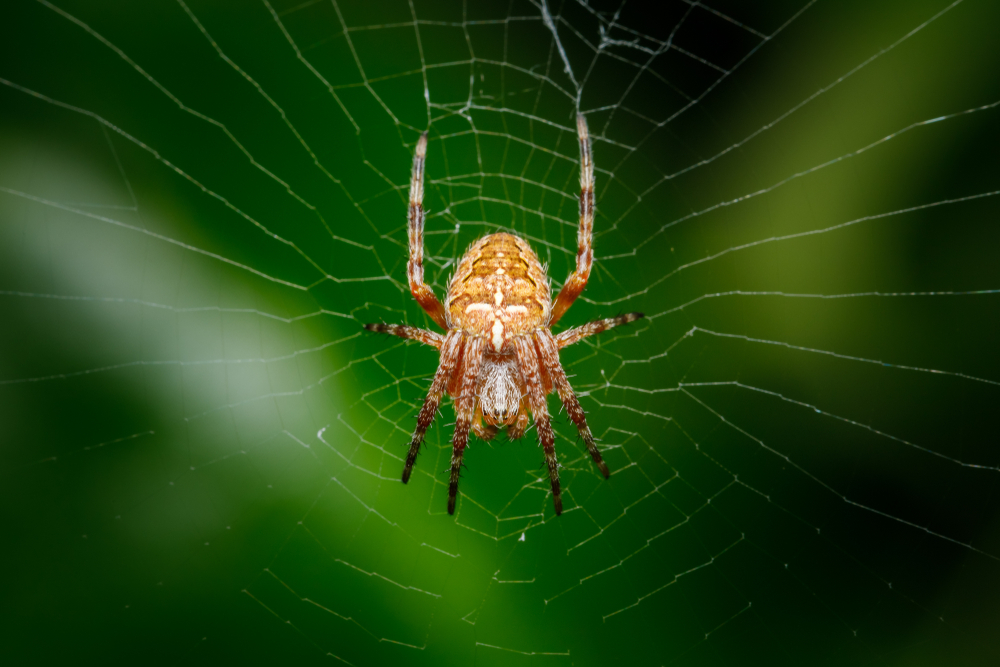
Not all spiders spin webs. Many species, like wolf spiders and jumping spiders, are active hunters that rely on speed, agility, or camouflage to catch prey rather than web-building. Web-spinning is common among orb-weavers and other sedentary spiders, but it is not a universal trait.
Toads Cause Warts
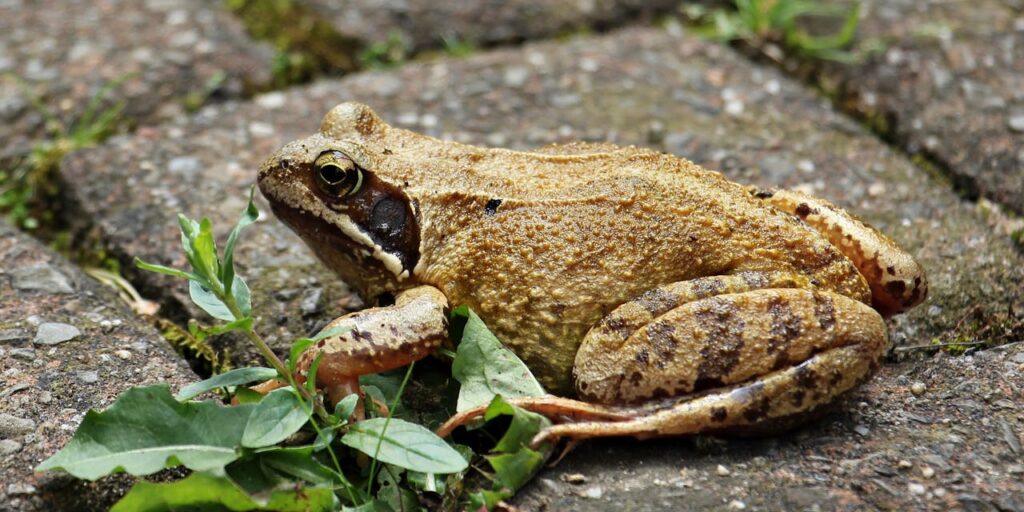
Toads do not cause warts. Warts are caused by human papillomavirus (HPV), a viral infection. The myth may have arisen because of the toads’ bumpy skin, which can look similar to warts. However, handling toads is harmless in terms of wart transmission.
Piranhas Can Skeletonize a Human in Minutes
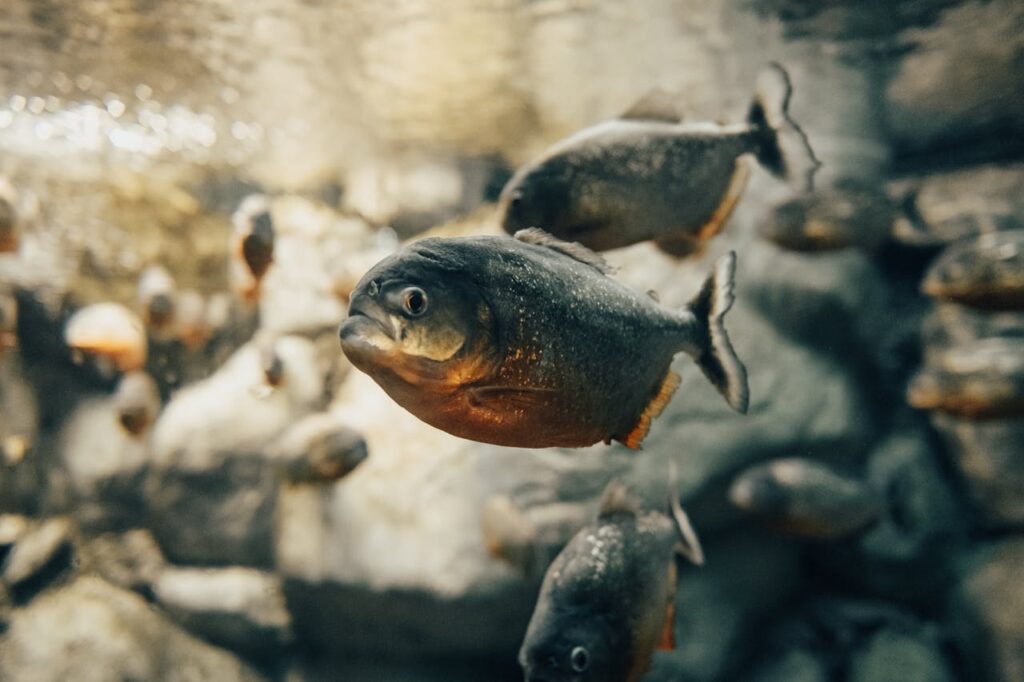
Piranhas have a fearsome reputation, but they are generally not a threat to humans. Most piranha species are scavengers or feed on smaller fish and plants. While they have sharp teeth and can bite, the idea of a feeding frenzy that skeletonizes a human in minutes is largely exaggerated and rooted in Hollywood fiction.
Elephants Never Forget
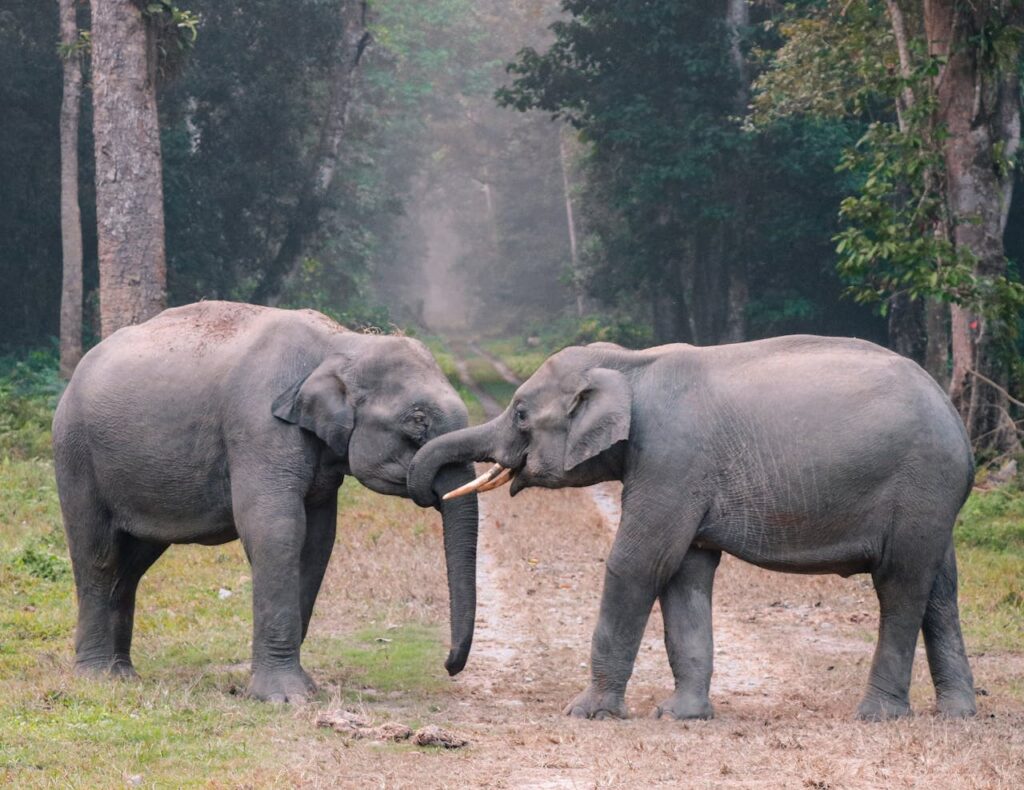
Elephants do have excellent memories, particularly when it comes to social interactions and locations of water sources. However, saying they “never forget” is an exaggeration. Their memory is a survival adaptation that helps them navigate their environment and maintain complex social bonds.
Bees Die After Stinging
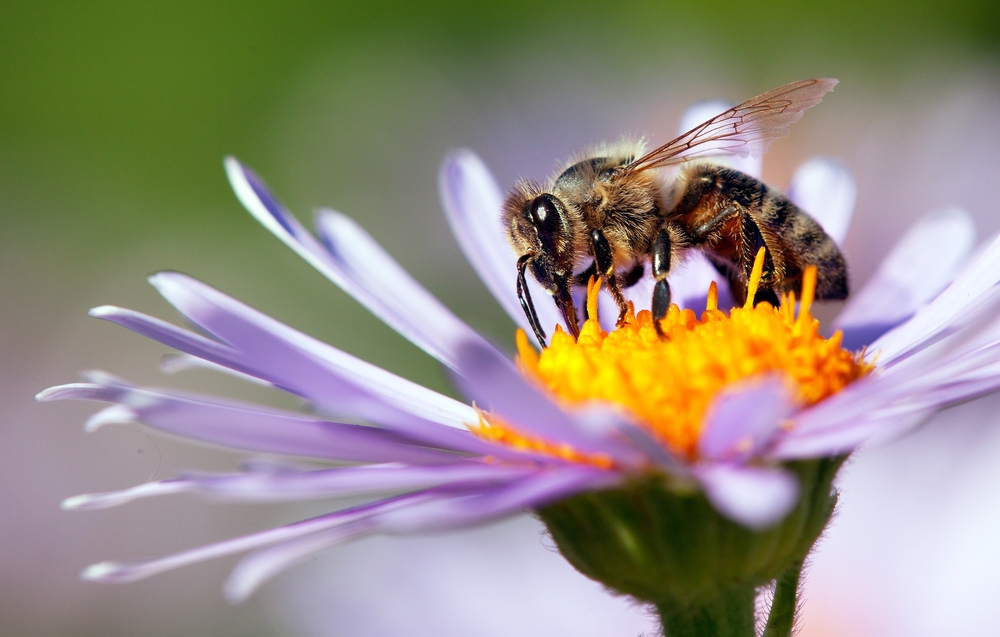
Only honeybees die after stinging, as their barbed stingers become lodged in the skin, causing fatal injury when they fly away. Other bee species, such as bumblebees and solitary bees, have smooth stingers and can sting multiple times without dying.
Wolves Howl at the Moon
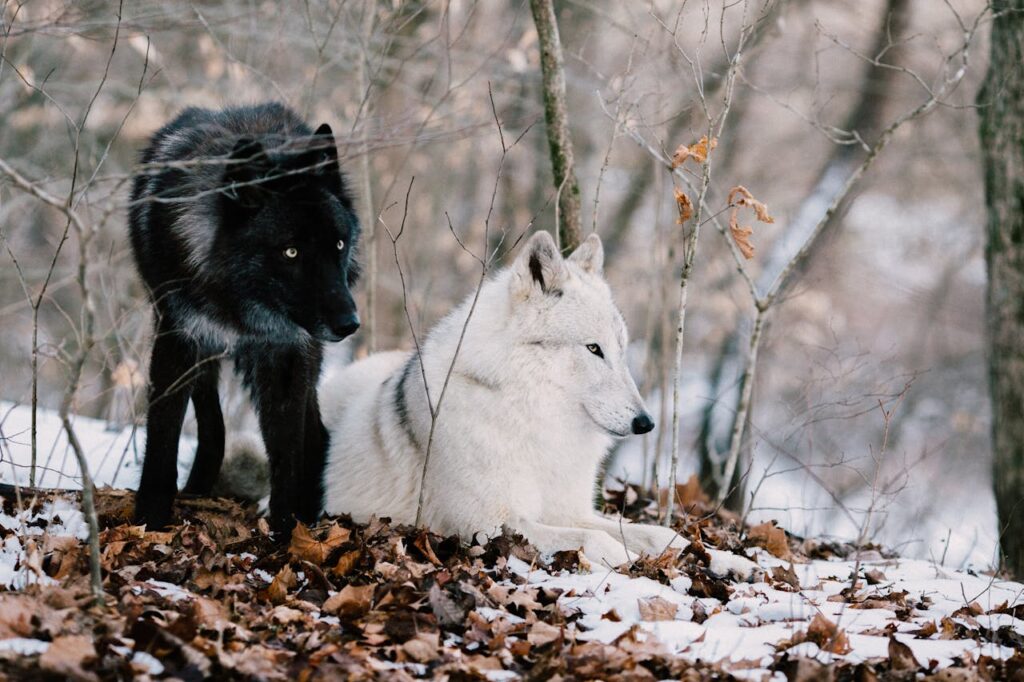
Wolves do not howl at the moon. They howl to communicate with each other over long distances, to assemble the pack, mark territory, or signal distress. The association with the moon likely comes from the imagery of wolves howling at night when the moon is often visible.
Penguins Mate for Life
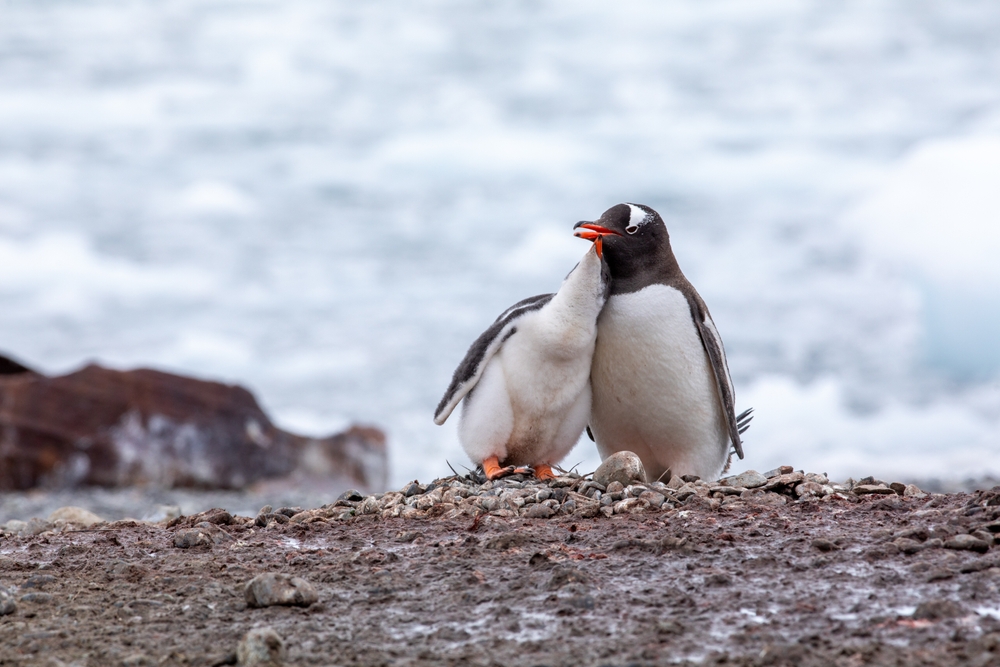
While some penguin species form long-term pair bonds, not all mate for life. Many penguins are monogamous for a breeding season but may choose different partners in subsequent seasons. Their mating behavior varies widely among species and is influenced by environmental and social factors.
Cows Lie Down When It’s About to Rain
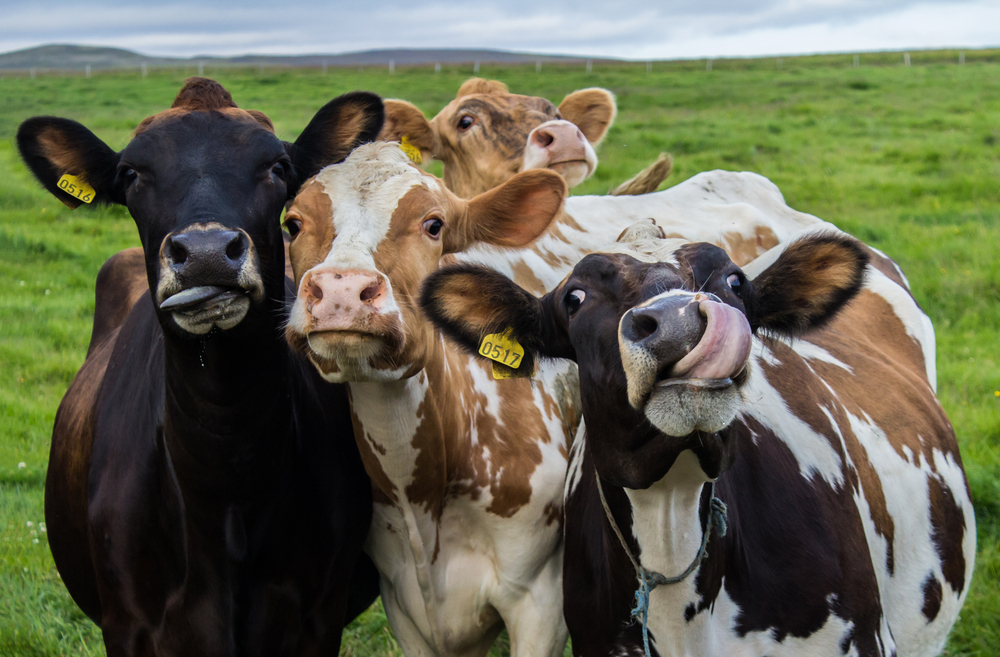
Cows lying down are not necessarily predicting rain. They often lie down to rest, digest food, or regulate their body temperature. While changes in weather might influence their behavior slightly, the idea that they lie down specifically before rain is a myth without scientific backing.
This article originally appeared on UnifyCosmos.
More from UnifyCosmos
18 Packing Essentials for a Glamorous Beach Getaway

To truly enjoy a glamorous escape, you need to think about comfort, style, and, of course, protection from the sun. Don’t forget to bring these essentials that will elevate your beach vacation to the next level. Read more!
20 Dieting Mistakes That Can Harm Your Health

In this article, we’ll explore some of the most common dieting mistakes that can sabotage your health and provide tips on how to avoid them. Understanding these pitfalls is essential for achieving your wellness goals safely and effectively. Read more!
22 Unexpected Benefits of Common Household Plants

From improving air quality to boosting mood and reducing stress, these green companions are more valuable than you might think. Explore how simple greenery can enhance your home and well-being. Read more!
Leave a Reply